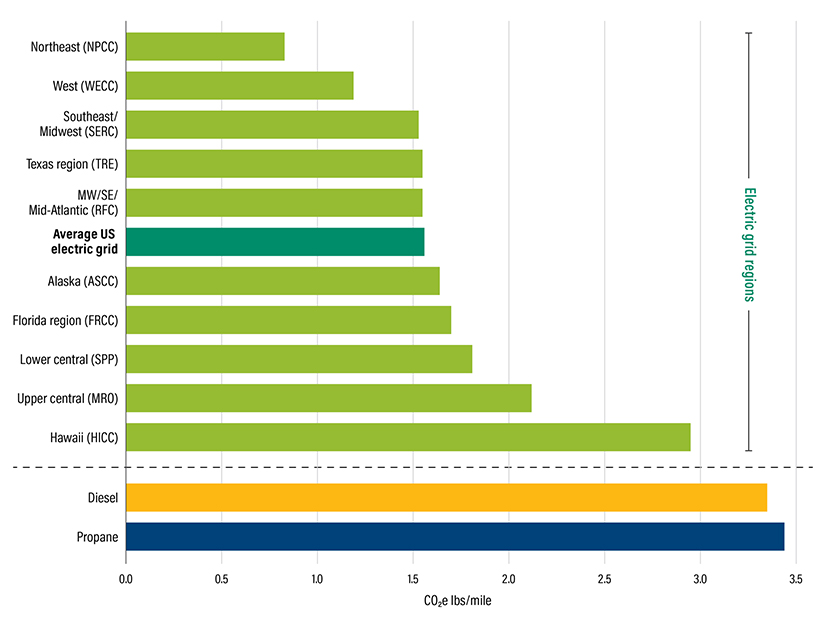
EPA announced last week that it is nearly doubling the funds available from the Infrastructure Investment and Jobs Act for the Clean School Bus Program in 2022 to $965 million.
A first round of $500 million in May drew more than 2,000 applications from across the country. The agency said it “will move swiftly to review applications submitted and expects to issue a robust slate of awards” in the coming weeks.
The IIJA authorized $5 billion for the program over a five-year period, with the money going to provide rebates to school districts buying no- or low-carbon vehicles to replace their diesel buses. Funding for the program in 2023 will be $1 billion, EPA said.
“We’re working across all 50 states to accelerate the transition to a future where clean, zero-emissions school buses are the American standard,” EPA Administrator Michael Regan said. “America’s school districts delivered this message loud and clear: We must replace older, dirty diesel school buses.
“Together, we can reduce climate pollution, improve air quality, and reduce the risk of health impacts like asthma for as many as 25 million children who ride the bus every day,” Regan said, citing figures from the American School Bus Council.
The 2022 program guidelines prioritize applications from school districts in low-income, remote rural and tribal areas, and EPA said that “the vast majority of applicants met the priority definition … resulting in access to more funds for buses and electric vehicle infrastructure for schools in areas that need them the most.”
More than 90% of the applications were for “zero-emission electric buses,” EPA reported. Another 9% were for propane-fueled vehicles, and 1% were for compressed natural gas vehicles.
Districts chosen for awards will have to first order the buses and other infrastructure, and submit the purchase orders, to receive their rebates, EPA said.
According to a report from the World Resources Institute (WRI), 22 models of electric school buses are now available, and their efficiency and technology continue to improve. “Many manufacturers are on their second or third iteration,” all with ranges of more than 100 miles and some more than 200 miles, the report said.
The estimates on how much electric school buses reduce emissions vary. In Virginia, investor-owned utility Dominion Energy has partnered with school districts to begin transitioning their bus fleets, with 50 electric buses on the road in 15 districts. The utility estimates that each diesel bus replaced with an EV cuts emissions by 54,000 pounds per year.
Looking at lifecycle emissions — which take into account the source of electricity used to charge electric bus batteries — WRI found emissions reductions varied depending on location and the generation mix on the grid. Based on the U.S. average, lifecycle emissions for electric buses are about half those of diesel or propane-powered vehicles, but in New England, for example, the emissions for electric buses are about one third of diesel or propane.
Sen. Tom Carper (D-Del.), who chairs the Senate Environment and Public Works Committee, said, “Given the response to the availability of these [IIJA] dollars, it’s clear more funding is needed … to build on this progress so that more communities can realize the clean air and energy saving benefits of these cleaner vehicles.”



